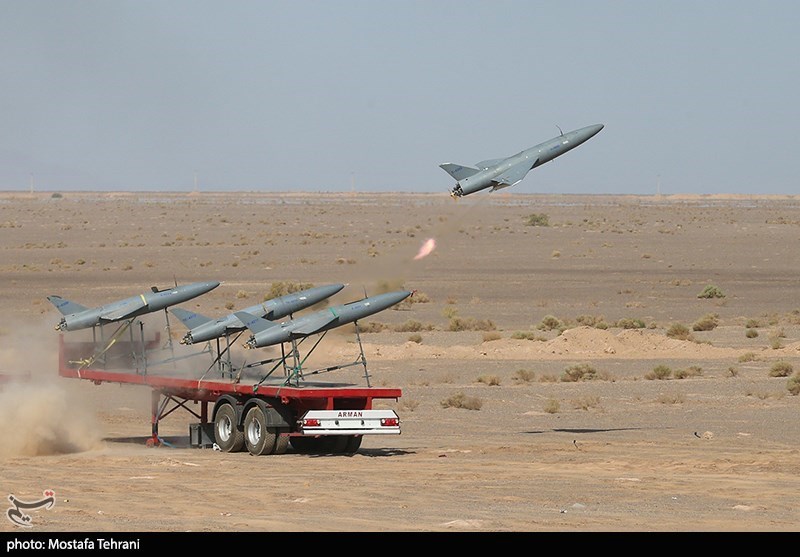
At Tower 22, the recent deadly drone strike marked the third attack in six months on the U.S. military base situated on the Jordan-Syria border, revealing a concerning gap in defense strategies
that the Pentagon is urgently addressing.
Attributed to Iranian-backed militias, the attack resulted in the tragic deaths of three U.S. troops and left at least 34 others injured. Tower 22, housing around 350 U.S. soldiers and airmen, had experienced two prior attacks by one-way drones, as revealed by a Defense official unauthorized to speak publicly.
One-way drones, pre-programmed to target without requiring operator control post-launch, pose an escalating threat. The Pentagon acknowledges this gap in defenses and has initiated tests for countermeasures against such drones, exploring solutions like high-powered microwaves and missile interception.
President Joe Biden has vowed retaliation for the recent attack, attributing Iran's role in supporting militants using drones, rockets, and missiles across the Middle East. The emergence of these one-way attack drones draws parallels to the era of improvised explosive devices (IEDs), prompting the Pentagon to address the vulnerability in protecting airspace over military bases, reminiscent of past efforts during the wars in Iraq and Afghanistan. The U.S. military is now faceed with the challenge of adapting to the evolving threat landscape posed by small, inexpensive drones. Photo by Tasnim News Agency, Wikimedia commons.






































